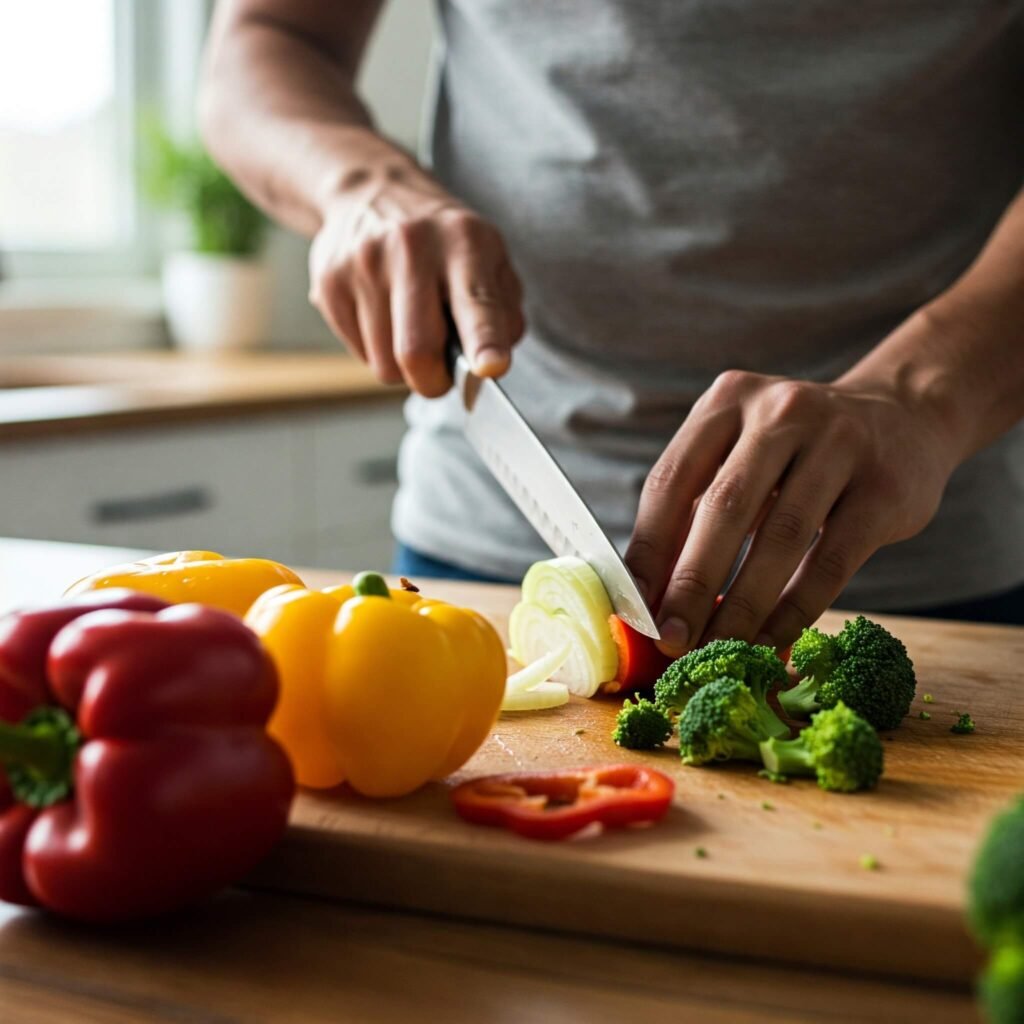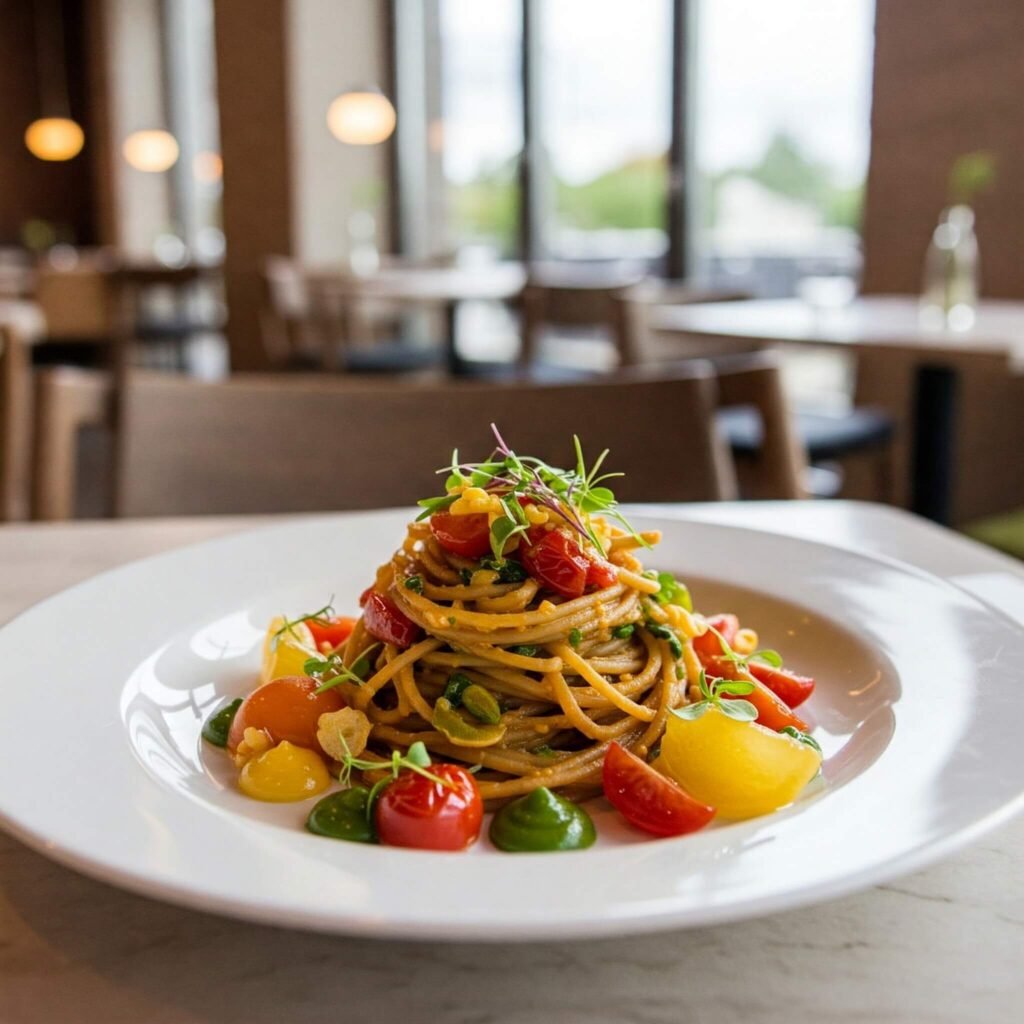Living a gluten-free life can be a game-changer for those with celiac disease, gluten sensitivity, or anyone looking to explore a healthier lifestyle. This comprehensive guide will walk you through everything you need to know about adopting a gluten-free diet, from understanding what gluten is to mastering meal planning and dining out. With practical tips, real-world examples, and actionable advice, you’ll be empowered to thrive on a gluten-free diet.
What Is a Gluten-Free Diet?
A gluten-free diet eliminates gluten, a protein found in wheat, barley, rye, and some processed foods. It’s essential for people with celiac disease, an autoimmune condition affecting 1% of the global population, according to the Celiac Disease Foundation. Others may choose this lifestyle to alleviate gluten sensitivity symptoms or improve overall wellness.
Who Should Follow a Gluten-Free Diet?
- Celiac Disease Patients: Gluten triggers an immune response, damaging the small intestine.
- Non-Celiac Gluten Sensitivity: Symptoms like bloating or fatigue without celiac disease.
- Health-Conscious Individuals: Some adopt it for potential benefits like better digestion.

Benefits of a Gluten-Free Lifestyle
Embracing a gluten-free diet can lead to significant health improvements. Here are some key benefits:
- Improved Digestion: Many report less bloating and discomfort.
- Increased Energy: Avoiding gluten may reduce fatigue for sensitive individuals.
- Better Nutrient Absorption: For celiac patients, a gluten-free diet heals the gut, enhancing nutrient uptake.
- Weight Management: Gluten-free foods often emphasize whole, unprocessed ingredients.
Real-World Example: Sarah, a 34-year-old teacher, struggled with chronic fatigue and bloating. After switching to a gluten-free diet, she noticed a boost in energy within weeks, allowing her to keep up with her active classroom.

How to Start Your Gluten-Free Diet
Transitioning to a gluten-free lifestyle may seem daunting, but with the right approach, it’s manageable. Follow these steps:
1. Educate Yourself on Gluten-Containing Foods
Gluten hides in many products. Common culprits include:
- Bread, pasta, and baked goods
- Cereals and granola
- Beer and some alcoholic beverages
- Sauces and processed foods (e.g., soy sauce)
Tip: Always check labels for “certified gluten-free” symbols.
2. Stock Your Pantry with Gluten-Free Staples
Replace gluten-containing ingredients with these alternatives:
- Grains: Quinoa, rice, buckwheat, millet
- Flours: Almond flour, coconut flour, chickpea flour
- Snacks: Gluten-free crackers, popcorn, nuts
Outbound Link: For a list of safe grains, visit Beyond Celiac’s Grain Guide.
3. Plan Gluten-Free Meals
Batch-prepare meals to stay on track. Try this sample gluten-free meal plan:
- Breakfast: Greek yogurt with fresh berries and chia seeds
- Lunch: Quinoa salad with grilled chicken, avocado, and lemon vinaigrette
- Dinner: Baked salmon with roasted vegetables and sweet potato
- Snack: Apple slices with almond butter

Mastering Gluten-Free Recipes
Cooking gluten-free recipes is easier than you think. Start with simple, naturally gluten-free dishes and experiment with substitutes.
Gluten-Free Recipe Idea: Quinoa-Stuffed Bell Peppers
Ingredients:
- 4 bell peppers, halved
- 1 cup cooked quinoa
- 1 lb ground turkey
- 1 cup diced tomatoes
- 1 tsp cumin, 1 tsp paprika
- Shredded cheese (optional)
Instructions:
- Preheat oven to 375°F.
- Sauté turkey with spices until cooked.
- Mix turkey, quinoa, and tomatoes.
- Stuff peppers, top with cheese, and bake for 25 minutes.
Outbound Link: For more recipes, check Gluten-Free Living’s Recipe Collection.
Dining Out on a Gluten-Free Diet
Eating out can be tricky, but with preparation, you can enjoy restaurants safely.
Tips for Gluten-Free Dining
- Research Menus: Look for restaurants with gluten-free options or dedicated menus.
- Communicate Clearly: Inform servers about your dietary needs.
- Avoid Cross-Contamination: Ask about separate prep areas for gluten-free dishes.
Real-World Example: John, a celiac patient, always calls restaurants ahead to confirm gluten-free options. This habit helped him enjoy a stress-free dinner at a local Italian spot with a gluten-free pasta menu.
Common Challenges and How to Overcome Them
Adopting a gluten-free diet comes with hurdles. Here’s how to tackle them:
Challenge 1: Social Situations
Solution: Bring your own gluten-free dish to parties or inform hosts in advance.
Challenge 2: Higher Costs
Solution: Buy gluten-free staples in bulk and focus on naturally gluten-free foods like rice and vegetables.
Challenge 3: Cravings for Gluten Foods
Solution: Experiment with gluten-free versions of favorites, like almond flour pizza crust.
Outbound Link:“Gluten-Free Diet Guide for Beginners” – Celiac Disease Foundation
Final Thoughts on Living Your Best Gluten-Free Life
A gluten-free diet is more than a restriction—it’s an opportunity to explore new foods, prioritize health, and feel your best. By planning meals, mastering recipes, and navigating challenges, you can thrive in your gluten-free lifestyle. Start small, stay curious, and enjoy the journey to better health.
































